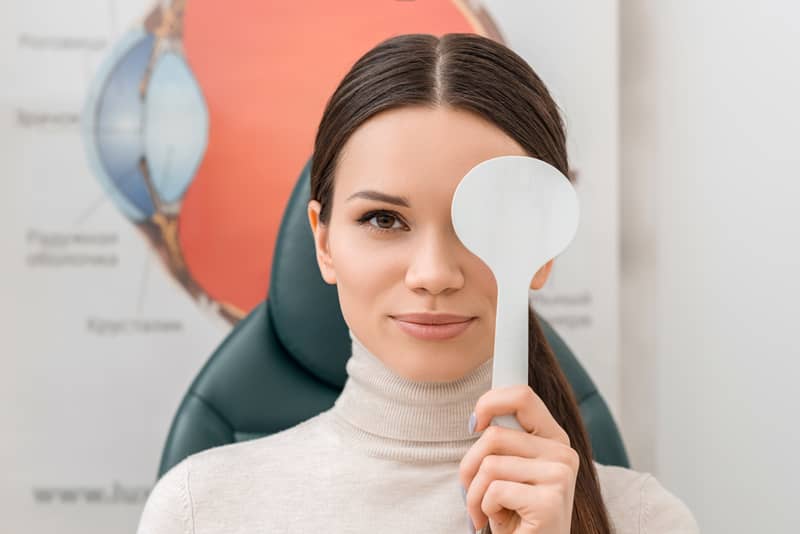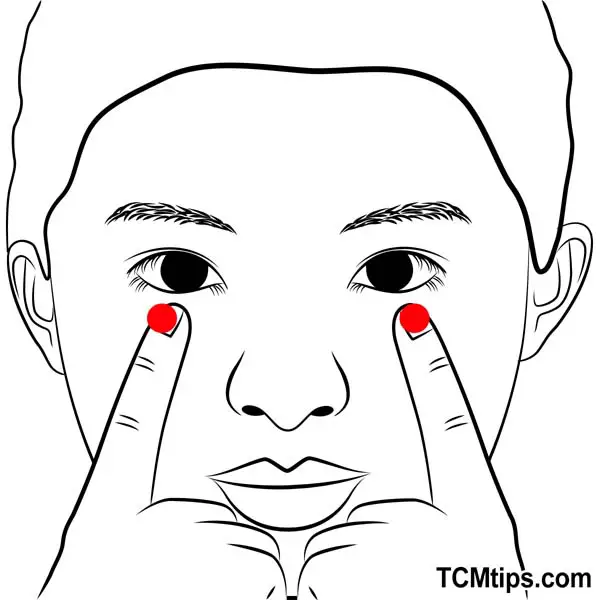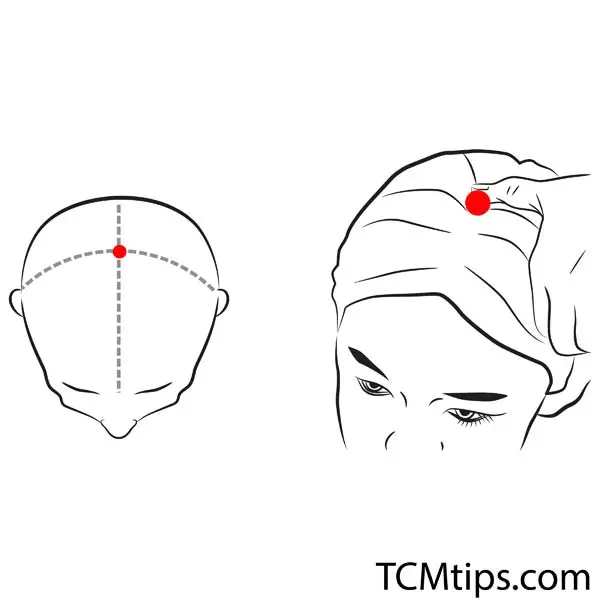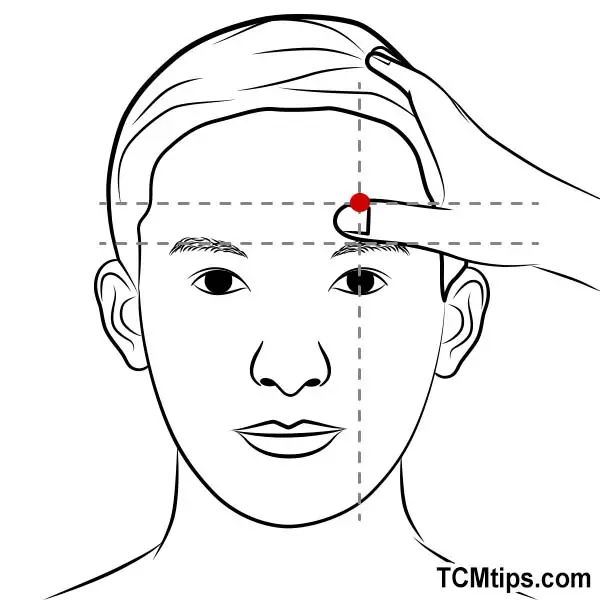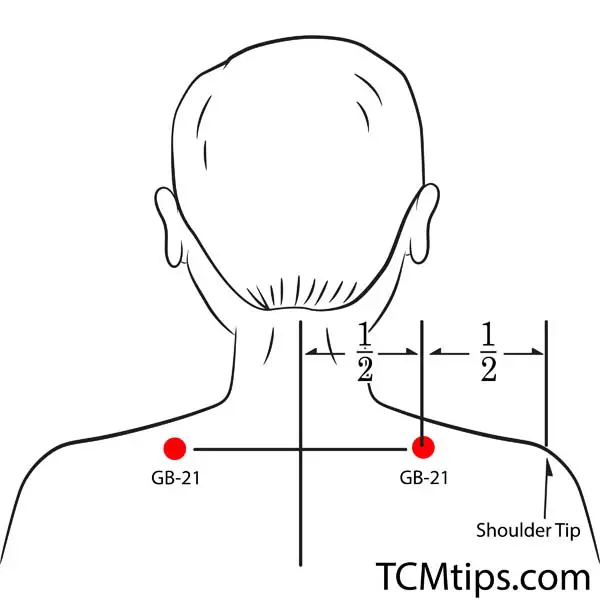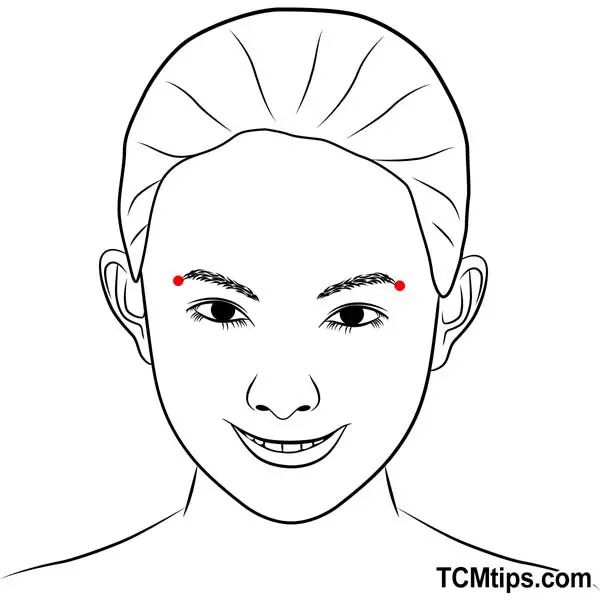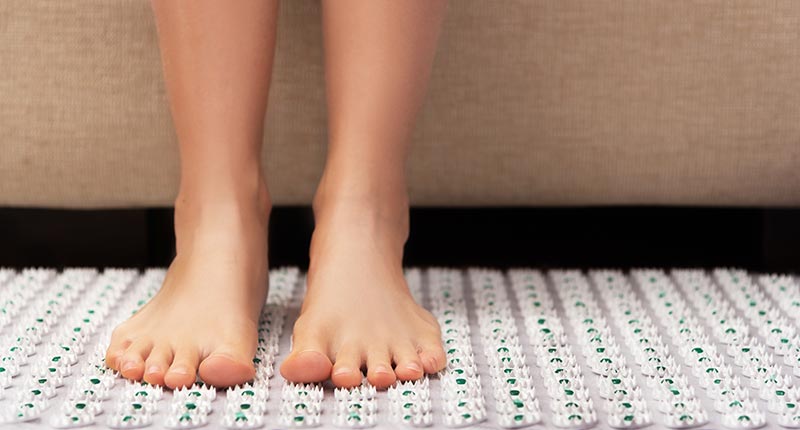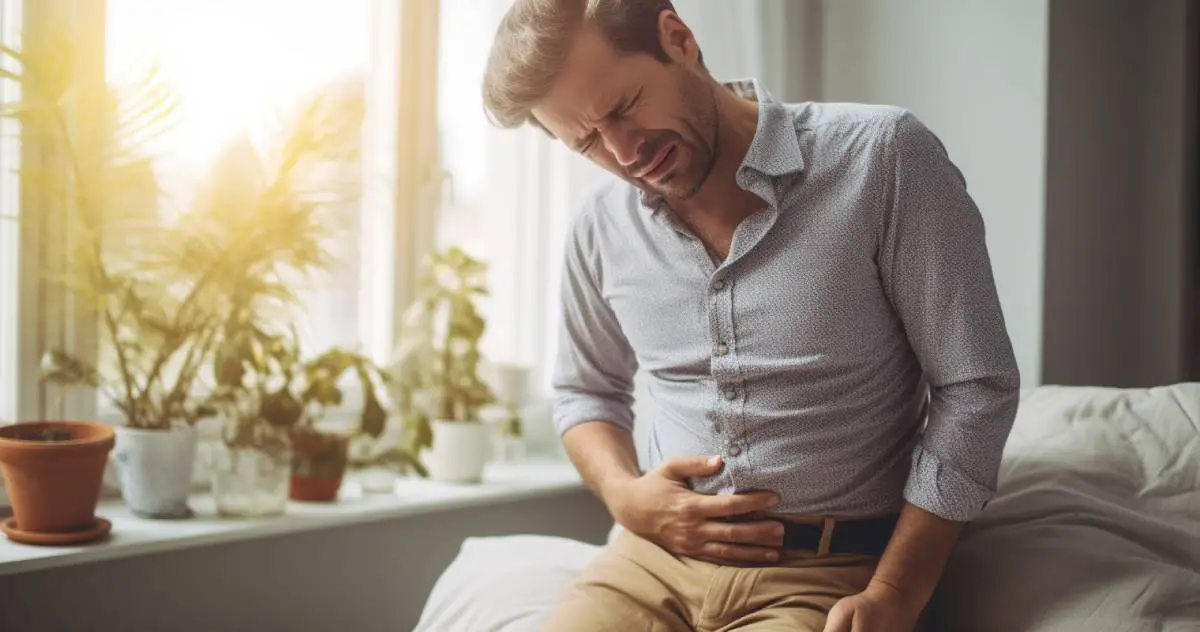Our vision is one of our most valuable senses, but it is also one of our most delicate sensory systems. There are various factors that can lead to a deterioration in vision over the course of your life, but there are exercises you can do to maintain your vision. Acupressure for better vision allows you to rebuild your vision without invasive medical procedures.
Acupuncture points for vision improvement are easy to access and do not require needles or a medical professional. This low-risk approach to better vision is like exercise for your eyes, and it has a few extra perks you will learn along the way!
Can Acupuncture Help Improve Vision?
Acupuncture can help improve vision. In some studies, it has been shown to slow or even improve vision regarding progressive visual diseases. The eyes are controlled y a series of muscles, and while you can not work those muscles in a gym, you can stimulate them for improved function.
Aside from improving vision and slowing certain eye conditions, acupressure for better vision can also improve general functions around your eyes. There is an acupressure point for under-eye inflammation which is effective in improving blood flow to the area and reducing stagnant fluid around the eyes.
Acupressure points for dry eyes and acupressure points for watery eyes also exist. Whether it’s functional eye improvements or aesthetic eye improvements, acupressure provides an easily accessible solution.
Can Acupuncture Help Poor Vision?

Acupressure for better vision is a viable form of treatment depending on why your vision is failing. Daily strain from excessive screen time, excess tension in the eyes, and even nearsightedness can be improved through acupuncture points to improve vision. One study even supported the idea that acupressure points for eyes can help reduce the effects of glaucoma and improve eye health and poor vision by a significant amount in just three weeks.
When you commit to acupressure for better vision, you should still proceed with caution. There have been cases where excessive pressure on or around the eyes can cause vision damage to at-risk groups. If any visual abnormalities happen after practicing acupressure, you should seek medical attention.
Acupoint: ST-2 (Other Names: Stomach-2/Si Bai/Four Whites)
Acupuncture of the face may be frightening, especially so close to the eyes. However, acupressure of points on the face, like stomach cannel 2, are far less intimidating. This acupressure vision improvement point helps with myopia, also known as nearsightedness.
Strain and pressure build up around the eyes with daily activities, causing blurred vision, but this point is known as one of a few acupressure points for blurred vision. It is commonly activated for pain in the face, eye twitching and is also well known as one of the facial acupressure points for dark circles. So, how does one little point relieve so many conditions? The answer is in its ability to release tension and improve blood circulation.
ST-2, or the Four Whites point, is located on the face beneath each eye. These two points fall directly in line with the pupils when you are looking forward, so It will be easiest to locate ST-2 while looking in a mirror. Place your index finger directly below your eye and slide it down your cheek directly below your pupil until you feel a slight depression in your cheekbone.
This depression should be close to your infraorbital foramen, or eye socket, making it a very delicate area. When you apply pressure here, be sure to never press so hard that you generate pain to damage the sensitive skin beneath your eyes.
Acupoint: GV-20 (Other Names: The Governing Vessel-20/Bai Hui/Hundred Convergence)
This governing vessel point is generally used for psychological treatments and is included in acupressure brain inflammation treatments, but its strong influence over the brain also makes it beneficial to the eyes. Eye pain and redness caused by excessive exposure to bright light or regular strain can be relieved by this point. GV-20 is also noted as one of the acupressure points for blurred vision as it relieves brain fog allowing you to focus clearly on a mental and visual level.
GV-20 is slightly harder to locate than some of the other acupressure points on this list since it is not easily visible. This point sits on the crown of your head. It lies at the intersection of two invisible lines, one that evenly divides your head in half from the front to the back and a perpendicular line drawn between the tip of each ear. Apply gentle pressure to this point, and you should feel refreshed afterward.
Acupoint: GB-14 (Other Names: Gallbladder-14/Yang Bai/Yang White)
GB-14, also known as Yangbai, is the go-to acupressure point for glowing skin, but it also supports the eyes. Acupressure for seborrheic dermatitis generally includes this point because it helps stimulate healthy oil production in the skin, giving the face a beautiful glow. Aside from its beauty benefits, GB-14 has the ability to improve facial paralysis, relieve forehead pain, reduce vertigo, and most importantly, it can help with blurry vision.
Eye strain has a multitude of negative health impacts, some of which are noted in other parts of the body, like the shoulders. When you use this point to relieve some of the tension built up by eye strain, you will feel relief in many places and even notice some vision improvement.
This gall bladder point is located directly above the pupils when you are looking straight ahead. Trace this line directly above each pupil to about 1 cun or one thumb’s width above each eyebrow. This is where you will want to apply gentle pressure in short intervals, and be sure to treat both sides of your face for the best results.

Acupoint: GB-21 (Other Names: Gallbladder-21/Jian Jing/Shoulder Well)
Well-rounded treatment using acupuncture points for vision problems includes points that are not next to the eyes as well. Gallbladder 21 is best known as a shoulder pressure point. It relieves tension in the shoulders, and in doing so, it also relieves strain that exists in the neck and head. This improvement in physical strength and relief from fatigue can boost immunity, the results of which also help your eyes heal.
Locating and activating GB-21 may take a little more practice than the other points on this list, but it is still very accessible. To start, find the tip of your shoulder and the base of your neck. The midpoint of this section is where GB-21 lies. This point is also in line with your nipples, so if it is easier you can follow that line to the top of your shoulder and apply pressure.
The relief from this point can be enhanced by incorporating rotations on the same side as the shoulder you are applying pressure to.
Acupoint: TE-23 (Other Names: Triple Energizer-23/Si Zhu Kong/Silken Bamboo Hollow)
Refreshed and relaxed eyes are eyes that see well, which is why this triple energizer point works wonders concerning acupressure for better vision. When activated, this point relieves eye tension and pressure allowing the muscles around the eyes to relax and perceive the world without strain. Many people also utilize this point as a remedy for dry eyes.
TE-23, or Sizhukong, is also well known as an acupressure autoimmune inflammation point. A reduction in inflammation and improvement in immune function can help to support your vision by encouraging the eyes to repair themselves and slowing damage caused by immune diseases.
You can locate TE-23 at the outer end of either eyebrow. As you feel around this area, you will discover a slight depression in the brow bone. This is where you should apply gentle pressure for eye muscle relaxation. Be careful not to apply pressure too close to the eye as you may harm the delicate tissues in that area. It is best to use your fingers on such a delicate area, as other methods of activating acupressure points, like pencil erasers, are too firm and uncontrollable around the eyes.
 P. Sze
P. Sze 